How to Make a Subway Map with John Tauranac
Hear from an author and map designer who has been creating maps of the NYC subway, officially and unofficially, for over forty years!


Though not one of New York City’s most famous bridges, the Bayonne Bridge was a record breaking bridge – longer than the Sydney Harbour Bridge – and changes are en route for this connection that stretches between Staten Island and Bayonne, New Jersey. With help from Bridge Man, Dave Frieder, here are 10 secrets of the Bayonne Bridge:
The arch of the Bayonne Bridge measures 1675 feet, making it 21 feet longer than that of the Sydney Harbour Bridge in Australia. The Sydney bridge is wider, however. Nonetheless, the Bayonne Bridge was the longest bridge in the world when it was completed and is the fifth-longest steel arch bridge today. It held the title for world’s longest steel arch bridge for 45 years.
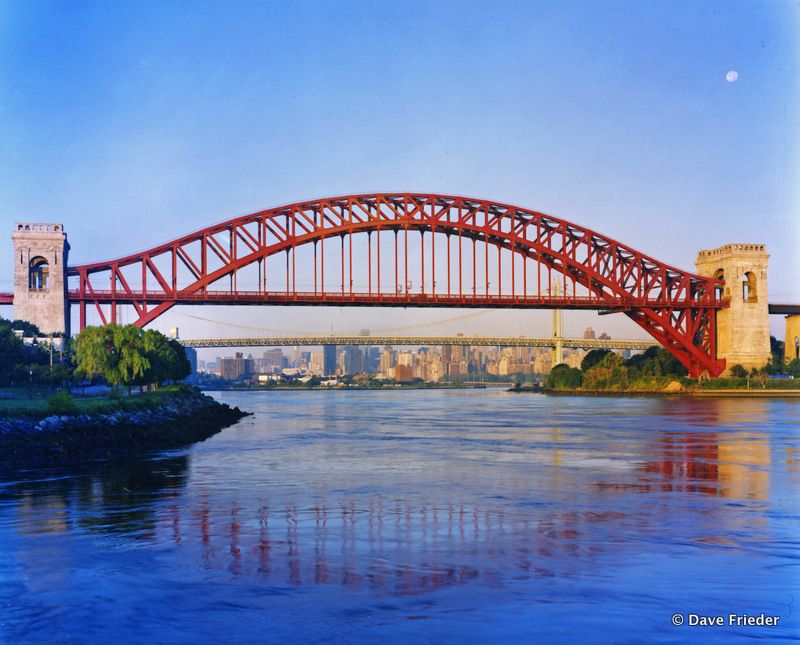
The Hell Gate Bridge, with a newer paint job than now
New York City’s Hell Gate Bridge, which carries Amtrak trains, was built between 1912 and 1916. It stretches between Astoria and Randall’s Island and was acclaimed for its size. Both the Bayonne Bridge and the Sydney Harbour Bridge, which began construction in 1923, were modeled after the Hell Gate Bridge. However, the Hell Gate and the Sydney Harbour use “I” beams to support the main floor beams and to hold up the road deck. Only the Bayonne uses suspender ropes as the load on the Bayonne is not as great.
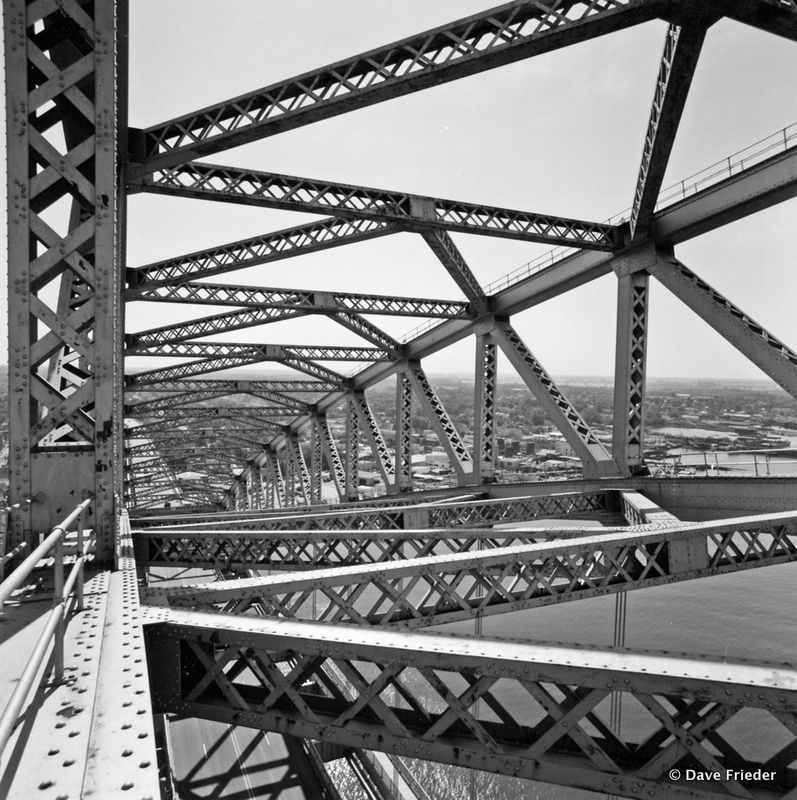
Othmar H. Ammann was the engineer behind the George Washington Bridge, the Queensboro Bridge, the Verrazano-Narrows Bridge, Bronx-Whitestone Bridge, Throgs Neck, and the Triborough Bridge. The Bayonne Bridge is the only bridge within Ammann’s work (which included numerous bridges outside of New York City) that is not a suspension bridge. There is a bust dedicated to Ammann inside the George Washington Bridge bus station.
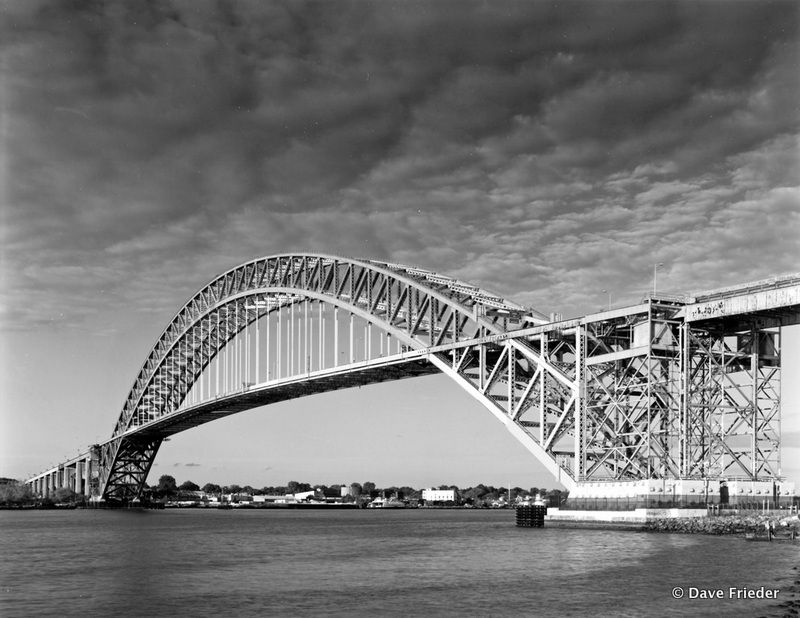
Architect Cass Gilbert, who designed the Woolworth Building, the United States Supreme Court in Washington D.C., and the U.S. Customs House at Bowling Green, also worked on the Bayonne Bridge with Ammann. The Bayonne Bridge had two different designs before the spandrel arch type of bridge was decided on: a conventional suspension and a cantilever. The arch was the only solution that could accommodate the rail transit tracks required at the time.
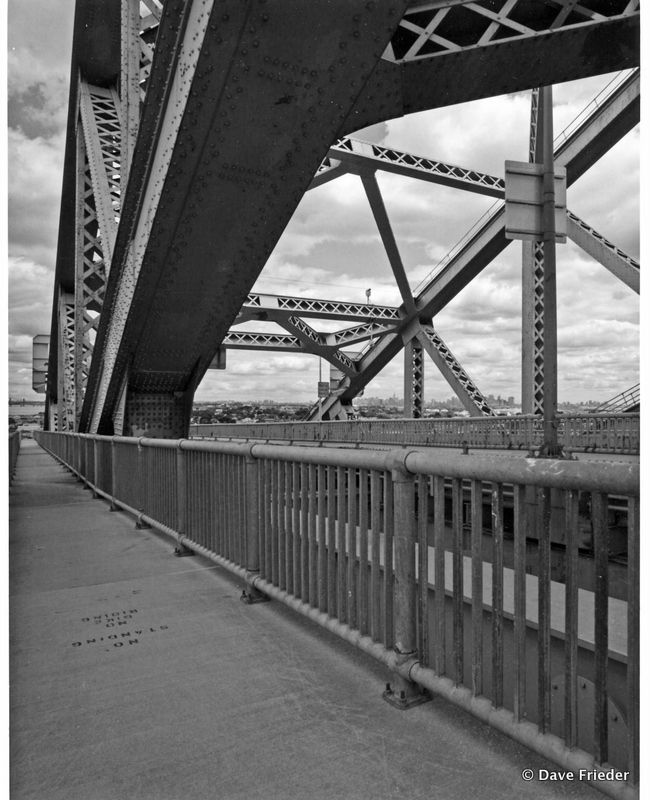
The abutments of the Bayonne Bridge were originally supposed to be encased in stone and masonry like the George Washington Bridge was as well (see images of this unfinished vision, also involving Cass Gilbert). But due to the depression all granite facing was left off. The bridge looks a bit unfinished without the stonework, but the Port Authority saved almost a million dollars omitting the granite. Consulting plans by Cass Gilbert show the masonry as a “graceful transition between the massive concrete piers of the viaduct and the open steelwork of the arch.”
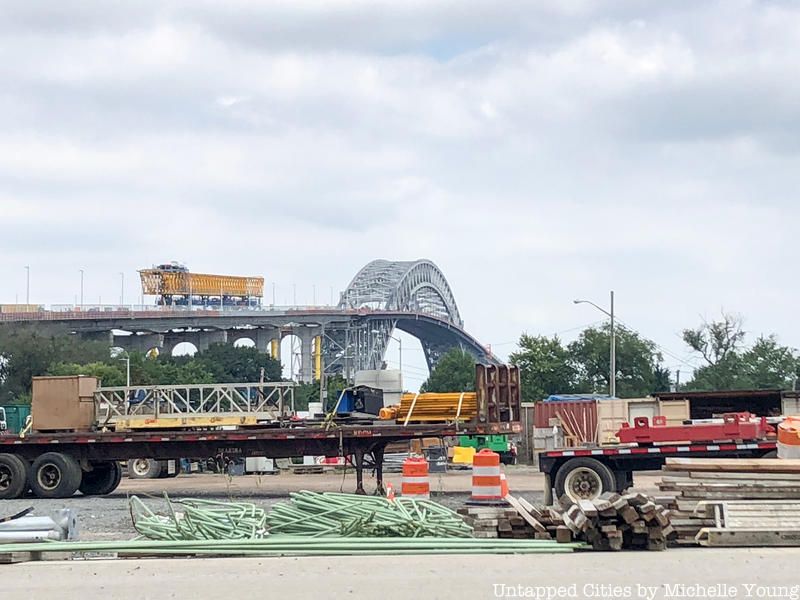
As with a lot of infrastructure, new bridges and buildings often are required to be constructed without preventing existing movement. Like the demolition of Penn Station, where not one day of train traffic was disrupted, the Bayonne Bridge had to be constructed without obstructing the Kill Van Kull, the shipping channel between Staten Island and New Jersey.
To do so, the engineers created a temporary support system with hydraulic jacks. As the Port Authority writes, “Sections of the truss cantilevered over the support system as the arch grew to its connecting point.” The trusses were pre-fabricated off site. To give perspective, most bridge up to that point were built using a support system that mirrors the exact curve of the future bridge.
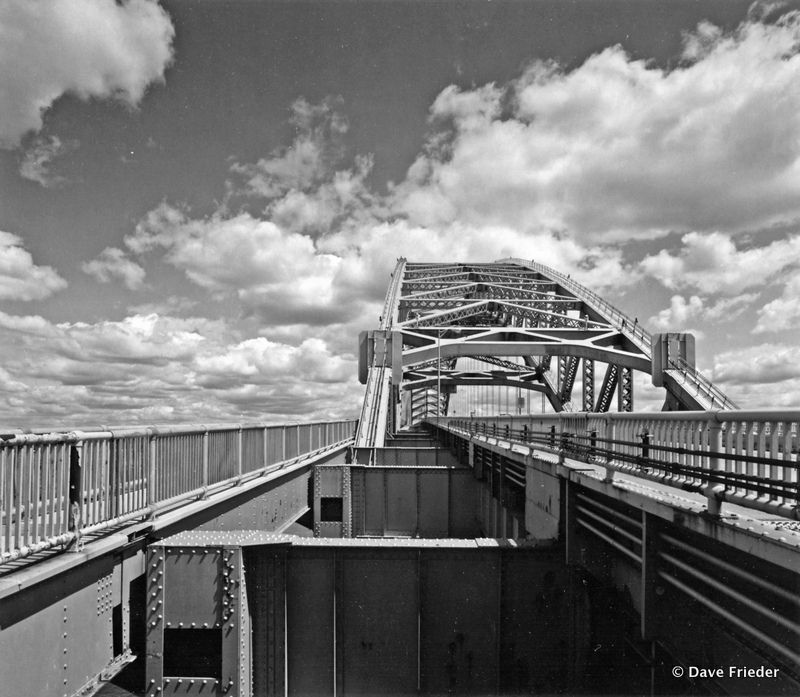
Beating out the George Washington Bridge, also completed in 1931, the Bayonne Bridge was named the most beautiful steel bridge by the American Institute of Steel Construction. At the opening ceremony for the Bayonne Bridge, Ammann said, “The Port Authority recognized the fact that its structures must not only be useful, but they must also conform to the aesthetic sense. This was one of the motives for the selection of an arch spanning the entire river in one sweeping graceful curve.”
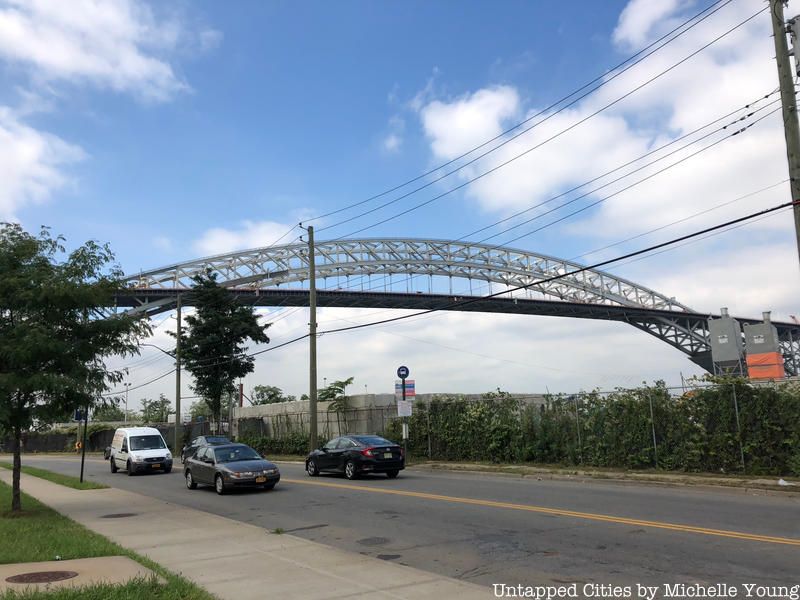
Bayonne Bridge with raised deck
The Bayonne Bridge is the most underused bridge owned by the Port Authority. But because it crosses a major waterway the deck is being raised from 151 feet to 215 feet. This was done in two stages as the taller ships that come into the Port district need more clearance.
The Bayonne Bridge was built at a clearance of 151 feet above water level at high tide as the tallest ships in the Navy were at 150 feet in the 1930s.
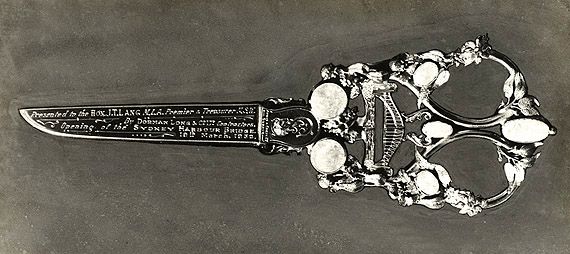
Image via Flickr by State Records NSW, public domain.
The ribbon cutting ceremony for the Bayonne Bridge on November 14, 1931 was attended by delegates from the Sydney Harbour Bridge Commission. They brought a custom-made gold scissor, made by an Estonian named Vambola Veinberg, which was used for the ribbon cutting. Four months later, at the ribbon cutting for the Sydney Harbour Bridge, the same scissors were used again. According to the Port Authority, “following the ceremony, the scissors were taken apart and each bridge authority carried away a golden blade.”

The Bayonne Bridge was originally referred to as the Kill Van Kull Bridge, after the shipping channel below it. But soon right before its opening to traffic it was renamed the Bayonne after the city on the New Jersey side.
Next, read about the secrets of the George Washington Bridge and the secrets of the Verrazano-Narrows Bridge.
Subscribe to our newsletter